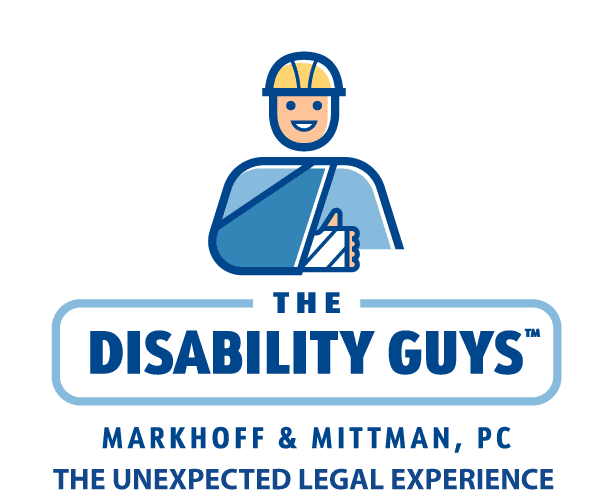Scaffolding accidents cause 4,500 injuries and over 60 deaths every year, reports the Occupational Safety & Health Administration (OSHA). Many of these accidents occur on construction sites in New York City and the surrounding areas that are amply dotted with high rises. Workers should be protected from unnecessary risk at their worksites, which is why the Scaffold Law was enacted in the late 1800s, reports the New York Times.
New York state law (N.Y. LAB. LAW § 240) says that scaffolds and other work structures “shall be constructed, placed and operated as to give proper protection to a person so employed.” If they are not, general contractors and property owners can be liable.
Why are lawmakers considering modifying the Scaffold Law?
Scaffold laws provide necessary protection to workers in dangerous job settings. So why are lawmakers considering modifying the state’s Scaffold Law? Because the law essentially puts all the negligence on the general contractors and owners in scaffolding accident cases which makes them and their insurers very unhappy.
Notice how the Scaffold Law makes no mention of the workers’ shouldering any of the blame. Lobbyists have argued that employers are being forced to take the brunt of the blame, even when workers are at fault. The employers thereby have to pay huge settlements, which, lobbyists argue, is putting the entire construction industry in danger, reports the Times
The Effect of Comparative Negligence Laws on Workers
Proponents of the modification have recommended that lawmakers revise the law to include the comparative negligence rule. The comparative negligence rule essentially means that in each accident, each party will be assigned a degree of fault. Contractors and owners will then only be liable for the accident in direct proportion to their degree of fault, and injured workers’ settlement awards would be reduced by their respective degree of fault.
For instance, if a worker is 30 percent at fault for a scaffolding accident resulting in $200,000 worth of damages, the worker’s settlement check would be reduced by 30 percent, or $60,000.
The Times article notes Scaffold Law supporters caution that contractors and property owners will be less likely to focus on safety if they know that they can legally pin accidents on the workers. Employees would lose protection should the law undergo modifications, and will have to diligently prepare for any changes this may have upon them in terms of safety and of legality.
Ways to Protect Yourself on Scaffolds
As of yet, no changes have been made to the existing law. But as an employee who works on the scaffolding, be sure you’re taking precautions to avoid injury and, potentially, liability if the law is modified.
Some tips to stay safe on scaffolding include:
- make sure you adhere to all the safety rules;
- avoid daydreaming and horseplay when working in dangerous settings;
- ask for proper safety gear if it is not provided;
- report damaged or malfunctioning equipment to your employer straightaway; and
- if your employer refuses or ignores your complaint of workplace hazards, you can report it to OSHA.
Speaking with a Lawyer after a New York City Scaffolding Accident
If you or a loved one has suffered a serious workplace injury in a scaffolding accident, contact a local attorney in New York City to discuss your legal options. Call the attorneys at Markhoff & Mittman for a free case evaluation. Contact us today at 866-205-2415 or (866) 205-2415 or by visiting our contact form.
